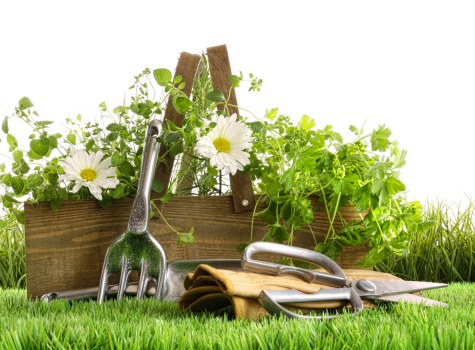Mastering Hedge Trimming in Poplar: A Comprehensive Guide
Introduction to Poplar Hedges

Poplar hedges are a popular choice for both residential and commercial landscapes due to their rapid growth and lush foliage. **Proper maintenance**, especially hedge trimming, is essential to keep these trees healthy and aesthetically pleasing.
Trimming poplar hedges not only enhances their appearance but also promotes vigorous growth and prevents disease. Understanding the specifics of poplar tree care can make the trimming process more efficient and effective.
In this guide, we'll explore the best practices for trimming poplar hedges, the tools you'll need, and common mistakes to avoid.
Understanding Poplar Trees

Poplar trees are known for their **fast growth rate** and adaptability to various climates. They belong to the Salicaceae family and are often used as privacy screens or windbreaks in gardens and parks.
Their lightweight wood and softness make them easy to trim but also require regular maintenance to maintain their shape and health.
Different species of poplar may have varying trimming needs, so it's crucial to identify the specific type of poplar you are working with before beginning any trimming project.
When to Trim Your Poplar Hedge

Timing is critical when it comes to hedge trimming. For poplar trees, the best time to trim is during the late winter or early spring before new growth begins.
Trimming during this period helps the tree recover quickly and encourages robust growth in the upcoming season.
Avoid trimming during the peak of summer or late autumn, as extreme temperatures can stress the tree and hinder its ability to heal.
Tools and Equipment for Hedge Trimming

Having the right tools is essential for efficient and safe hedge trimming. **Essential tools** include:
- Hedge trimmers: Electric or manual, depending on the size of the hedge.
- Pruning shears: For precise cuts on smaller branches.
- Loppers: Useful for thicker branches that hedge trimmers cannot handle.
- Protective gear: Gloves, safety glasses, and hearing protection.
Investing in high-quality tools can make the trimming process smoother and reduce the risk of damaging the poplar hedge.
Regular maintenance of your tools, such as sharpening blades and cleaning, ensures they perform effectively and last longer.
Step-by-Step Guide to Trimming Poplar Hedges

Trimming poplar hedges involves several steps to ensure the health and appearance of the trees:
- Assess the Hedge: Inspect the hedge for any diseased or damaged branches that need removal.
- Plan the Shape: Decide on the desired shape and size of the hedge.
- Remove Dead Branches: Start by cutting away any dead or unhealthy branches.
- Trim for Shape: Use hedge trimmers to shape the hedge according to your plan.
- Clean Up: Collect and dispose of the trimmings to prevent disease spread.
Following these steps ensures a well-maintained poplar hedge that enhances your landscape's beauty.
Remember to make clean cuts to promote healing and reduce the risk of infection.
Common Mistakes to Avoid
When trimming poplar hedges, it's easy to make mistakes that can harm the trees:
- Over-Pruning: Removing too much foliage can stress the tree and inhibit growth.
- Improper Timing: Trimming at the wrong time of year can expose the hedge to disease and pests.
- Using Dull Tools: Dull blades can cause jagged cuts, leading to poor healing.
- Ignoring Safety: Not wearing protective gear can result in injuries.
Avoiding these common pitfalls ensures the longevity and health of your poplar hedge.
Always plan your trimming projects carefully and proceed with caution to achieve the best results.
Maintaining Your Poplar Hedge
Regular maintenance is key to keeping your poplar hedge in top condition. **Routine trimming** encourages dense growth and maintains the desired shape.
In addition to trimming, ensure the hedge receives adequate water and nutrients, especially during the growing season.
Monitor the hedge for signs of pests or diseases and address any issues promptly to prevent severe damage.
Hiring Professional Hedge Trimming Services
While DIY trimming can be cost-effective, hiring professionals offers several benefits:
- Expertise: Professionals have the knowledge to trim hedges correctly without causing harm.
- Efficiency: Experienced trimmers can complete the job faster with high-quality results.
- Safety: Professionals use the right equipment and techniques to ensure safety.
Considering these advantages, investing in professional hedge trimming services can be a wise decision for maintaining your poplar hedges.
Don’t hesitate to book your service now to keep your landscape looking its best.
Conclusion
Hedge trimming in poplar trees is a vital aspect of landscape maintenance that requires knowledge and care. **By following the best practices**, using the right tools, and avoiding common mistakes, you can ensure your poplar hedges remain healthy and visually appealing.
Whether you choose to undertake the task yourself or hire professionals, regular trimming will enhance the beauty and longevity of your poplar hedges.
Ready to transform your landscape? Contact us today to learn more about our expert hedge trimming services.
